Diesel Traction Units
-
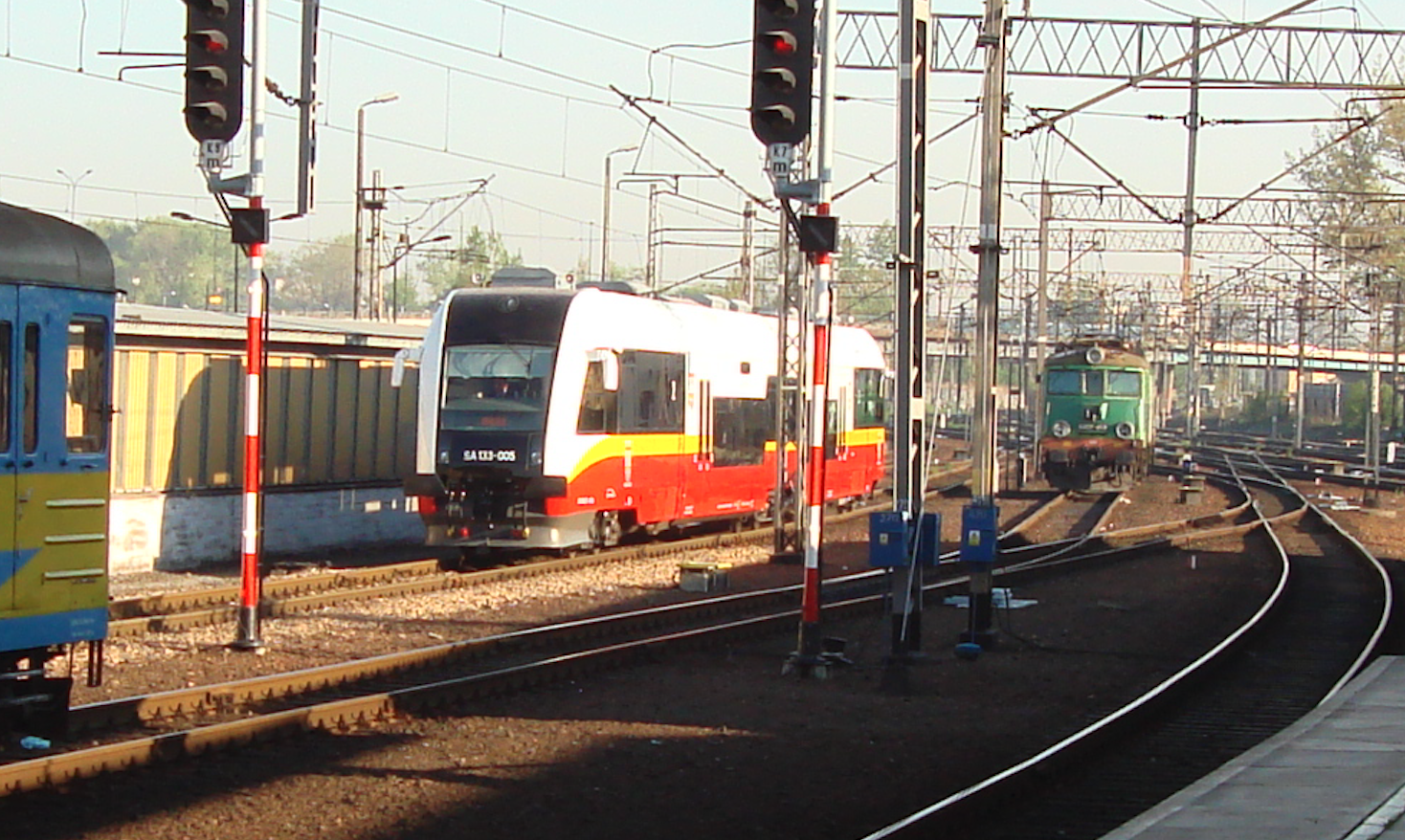
SZT Pesa 218M, SA133-005. 2021.
Kraków 2021-10-08 Diesel Multiple Unit SA133 Pesa 218M. Pesa 218M is a two-car standard-gauge PCS (Diesel Multiple Unit). These trains were produced in the period 2005-2015 by Zakłady Pesa in Bydgoszcz. The Pesa 218M train includes a family that received the type designations SA131, SA132, SA133 and SA134. The genesis of the Pesa 218M train.…
-
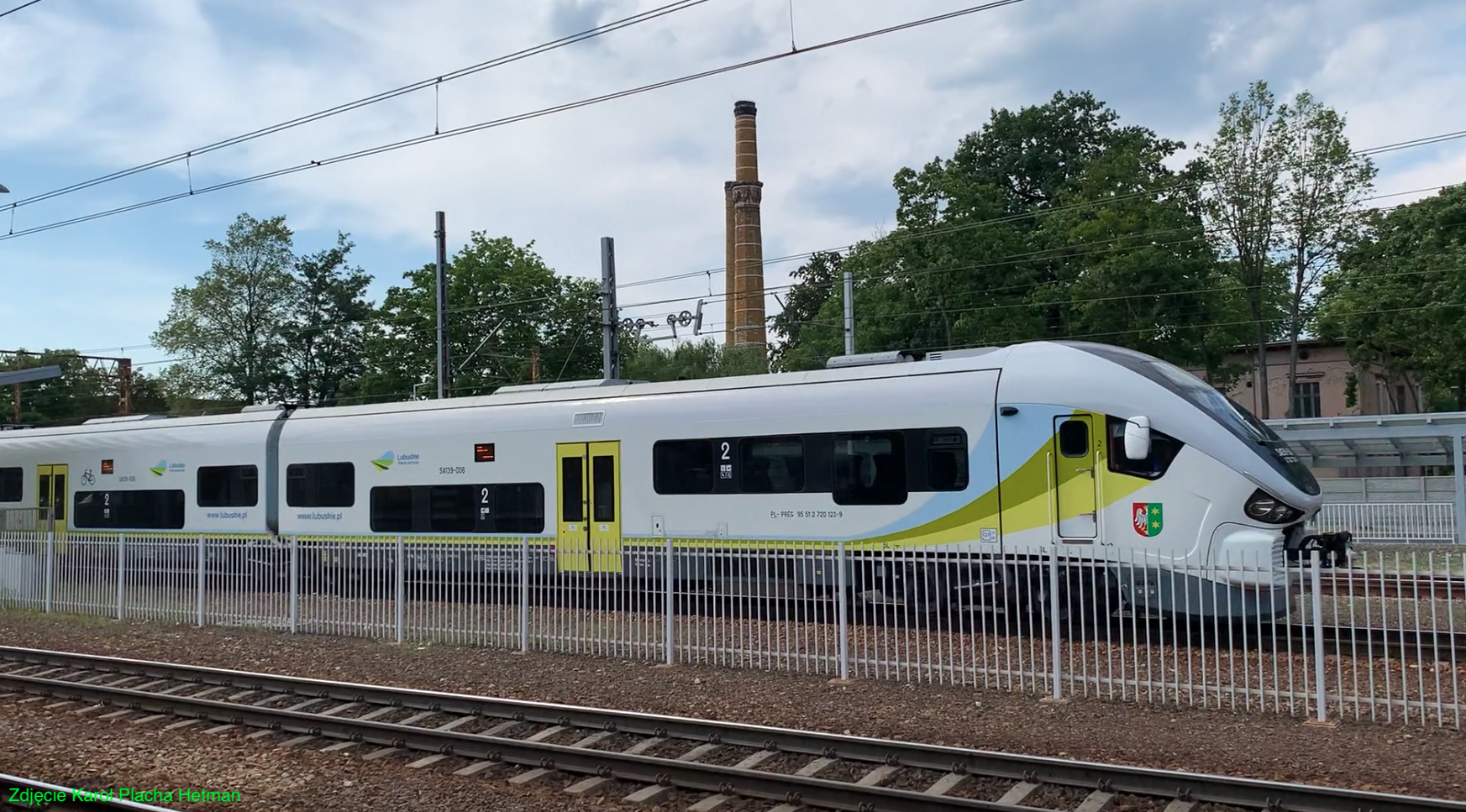
SZT Pesa Link. 2022
Bydgoszcz 2022-08-09 Pesa Link Diesel Multiple Unit, type SA139. Pesa Link is a family of standard-gauge SZT, which was developed at the Pesa Bydgoszcz plant. The vehicles are offered in 1-wagon, 2-wagon and 3-wagon versions. The Pesa plant plans to develop a 4-car version. Pesa Links vehicles are operated in the Czech Republic (České dráhy),…
-
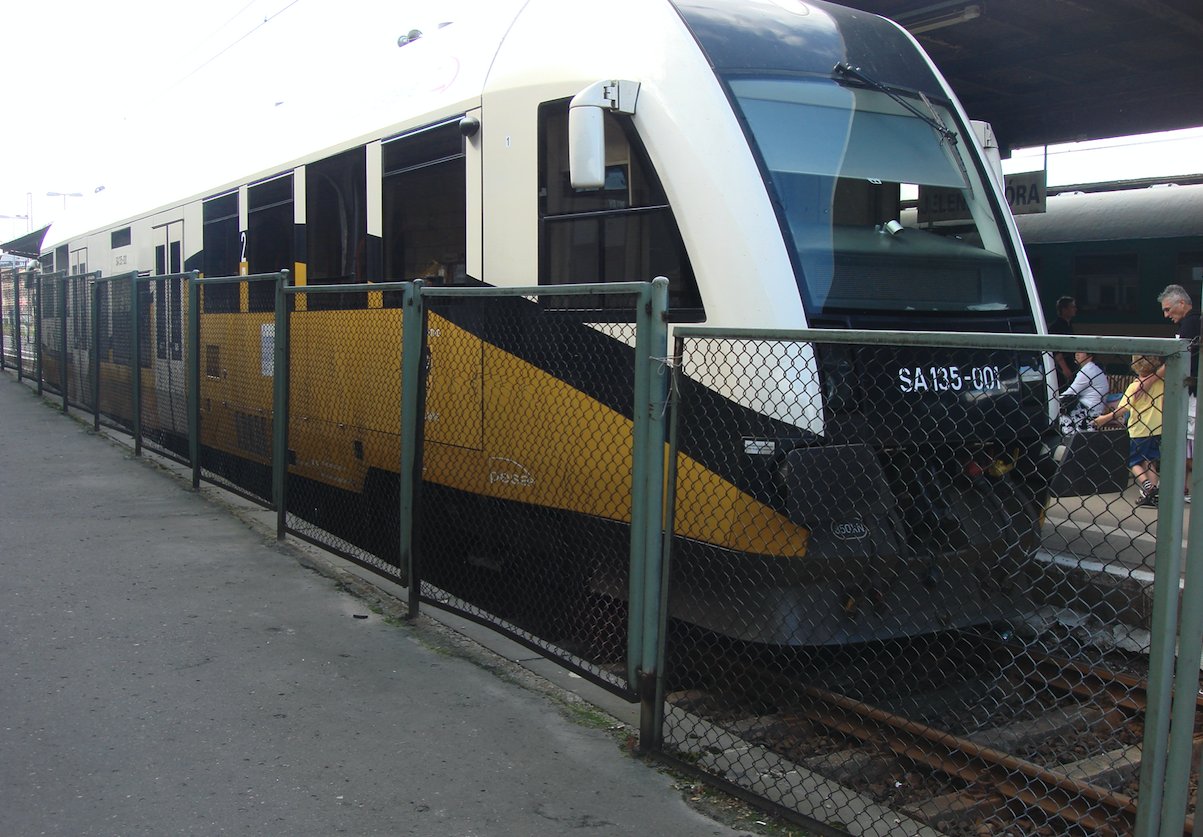
SZT SA135 Pesa. 2021
Jelenia Góra 2021-11-25 Diesel Multiple Units SA135. The genesis of the motor car development. At the beginning of the 21st century, the PESA plant in Bydgoszcz developed a whole family of diesel multiple units to handle routes with less passenger traffic. Some of these vehicles were built as single-wagon, popularly known as rail buses. Others…
-
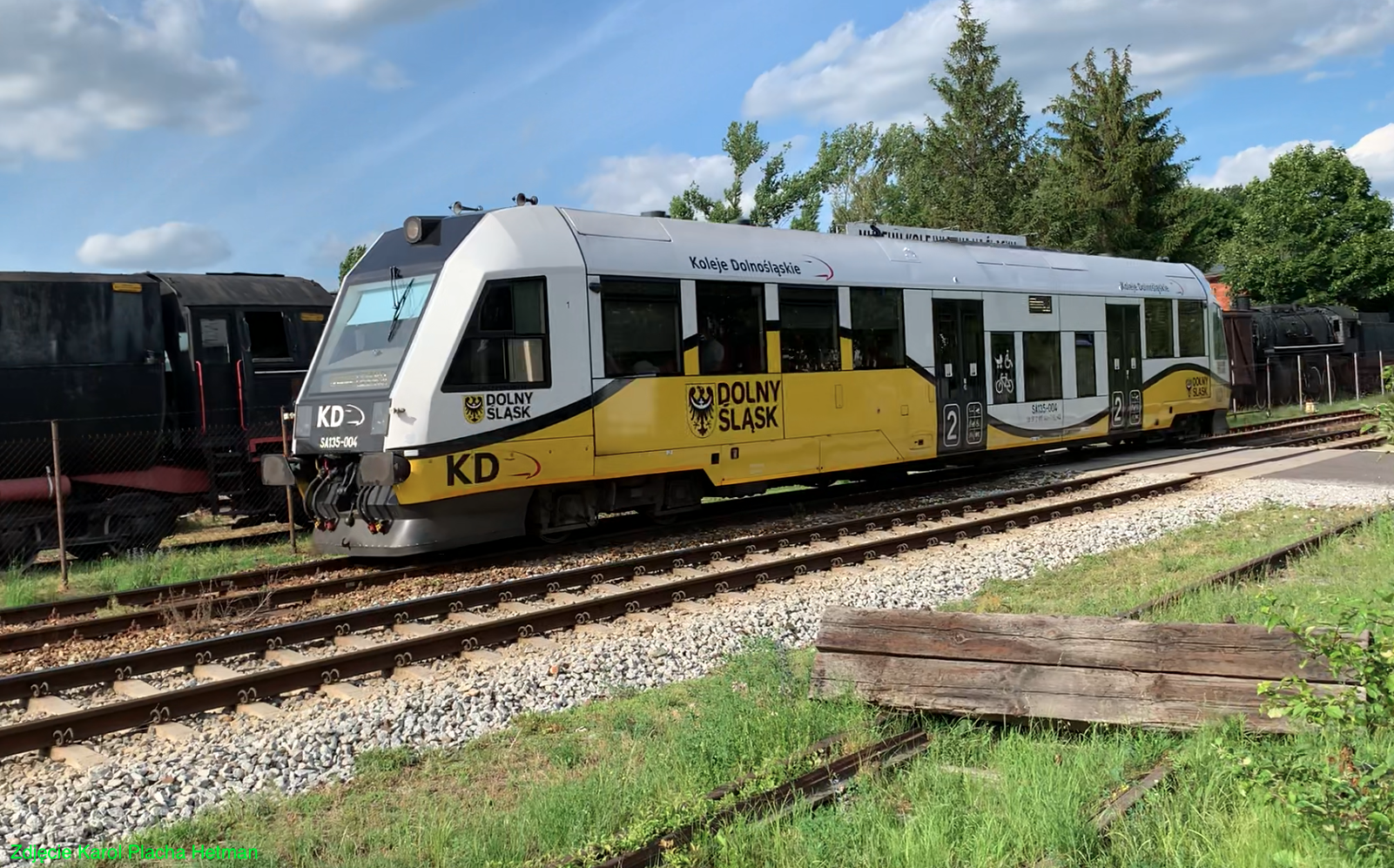
SZT SA135-004 Pesa. 2022.
Jaworzyna Śląska 2022-07-20 Diesel Multiple Unit SA135-004. The PESA SA135 rail bus is described in another breakdown. This chapter introduces the SA135-004. The vehicle was built at ZNTK Mińsk Mazowiecki branch of PESA in 2010. On November 10, 2010, he was transferred to the Marshal’s Office of the Lower Silesian Voivodeship. On November 12, 2010,…
-
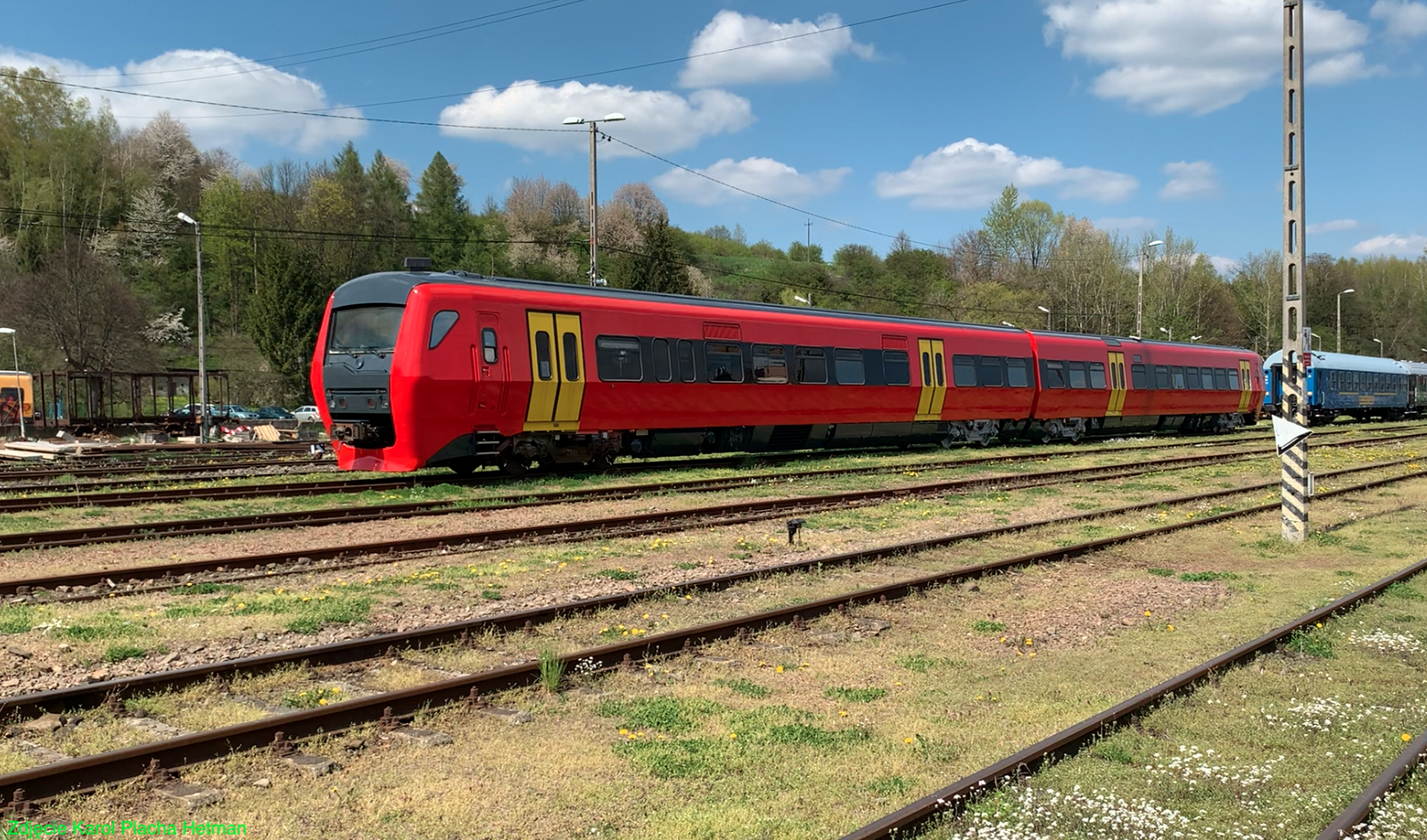
SZT SD85 (DM90). 2023
Zagórz 2023-05-06 Diesel Multiple Unit SD85, previously DM90. In November 2020, the Polish railway carrier SKPL confirmed that it would buy 32 DM90 MGs from the Dutch carrier. The talks lasted from December 2019. So far, the SKPL company has mainly used the SN84. DM90 trains in Poland received the SD85 designation and were approved…
-
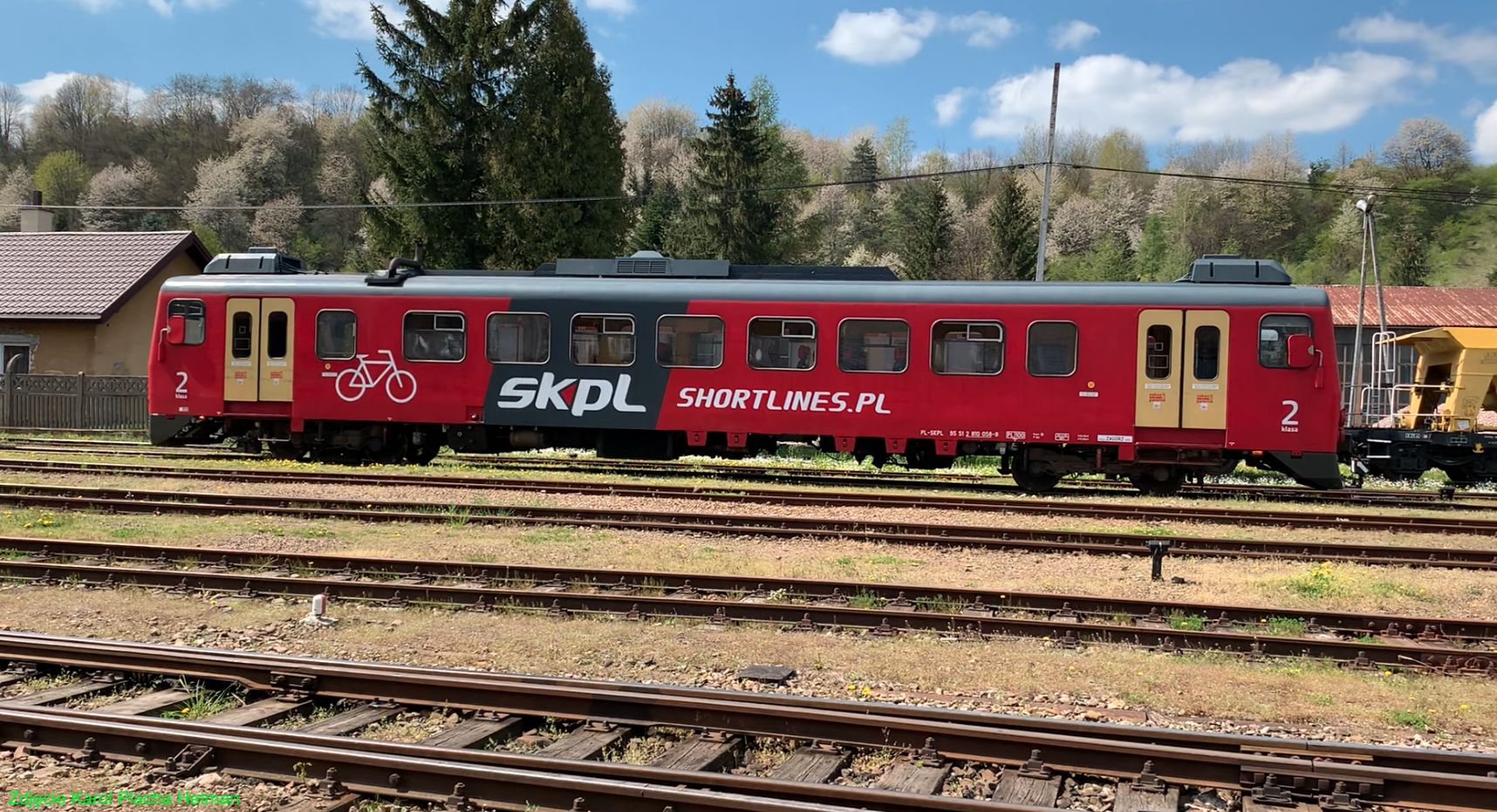
SZT SN82, SN83. 2023r.
Zagórz 2023-05-10 Motor car SN82 (DH1), Diesel Multiple Unit SN83 (DH2). Diesel multiple units SN82 (DH1, motor car) and SN83 (DH2, two motor cars) were developed in Germany and built for the needs of Dutch railways. After years, three SN82 wagons and seven SN83 trains were delivered to Poland. The trains were built at the…
-
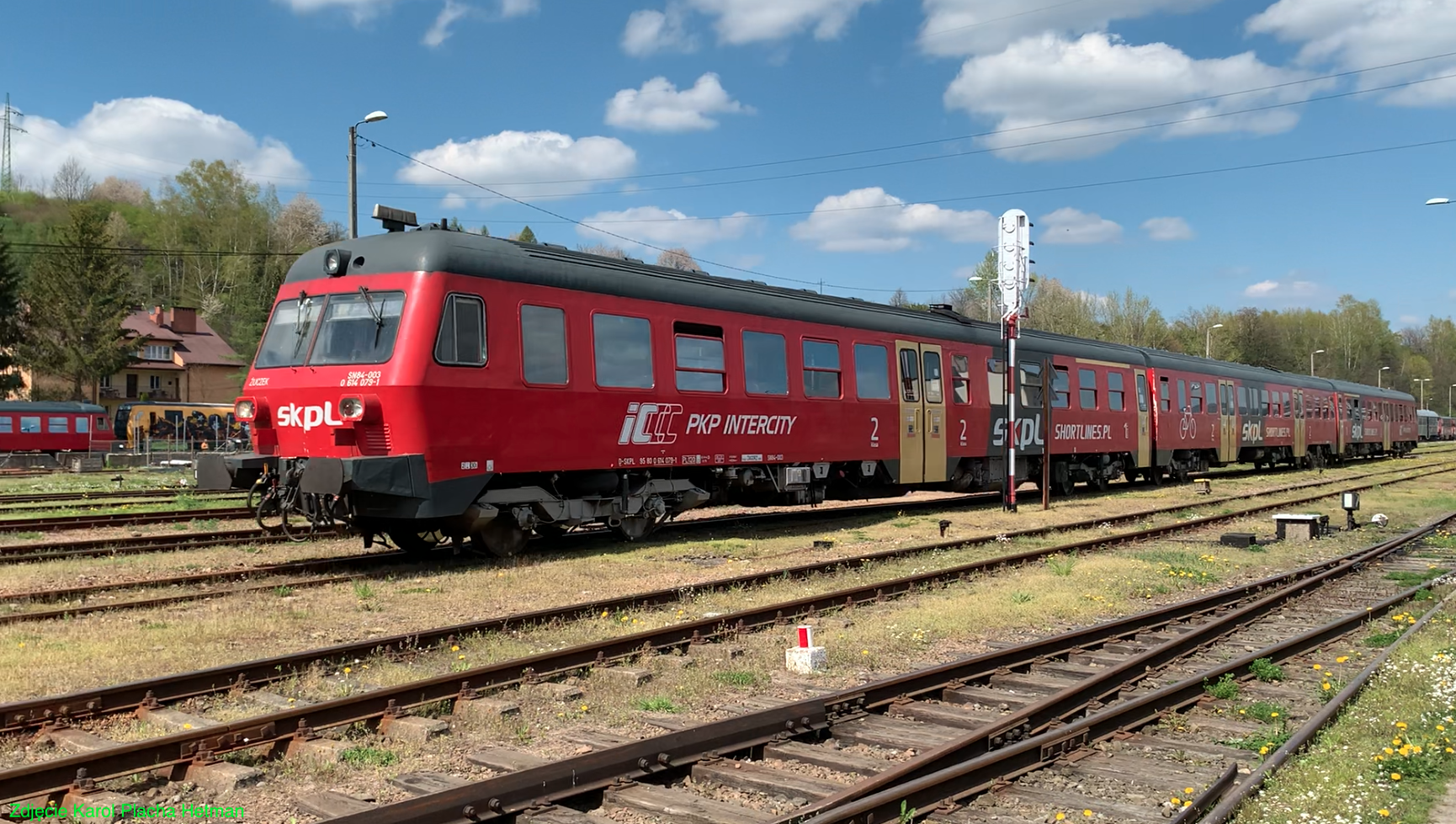
SZT SN84 / VT614 / Baureihe 614. 2022
Kraków 2022-04-07 SKPL Shortliner. SZT SN84 / VT614 / Baureihe 614. SN84 is the Polish designation for the Baureihe 614 Diesel Traction Units, which were manufactured in the Federal Republic of Germany. In Poland, these trains are also designated VT614. Production of these trains was carried out in the period 1971 – 1975. 42 trains…
-
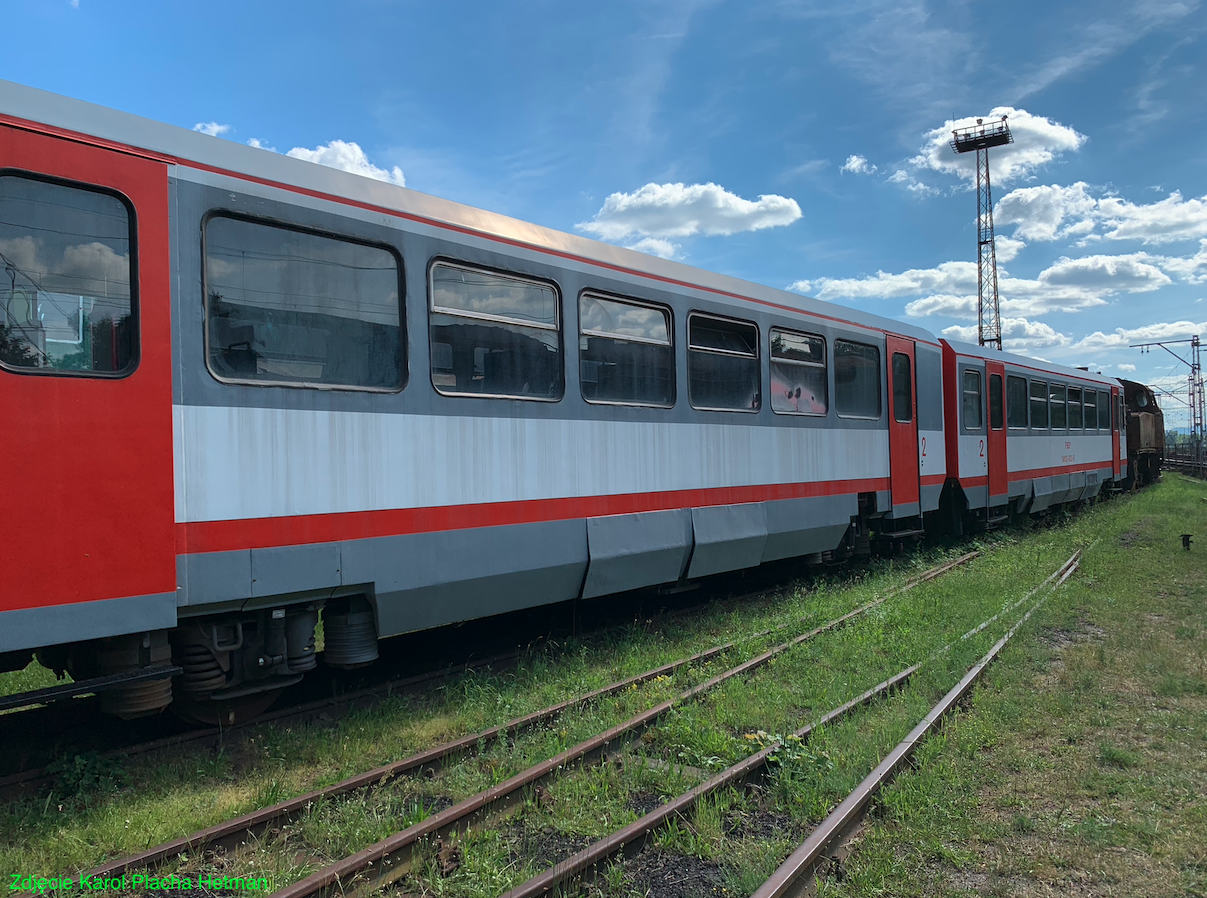
ZNTK Poznań 207M, SA101, SA102. 2022
Poznań 2022-07-23 Diesel Traction Unit ZNTK Poznań 207M, SA101, SA102. Shortly after the social and economic changes in 1989, Poland began to respond to uneconomical rail connections, when heavy steam or diesel locomotives with one or two passenger cars were sent to the route with a dozen or so passengers. Since PKP did not have…
-
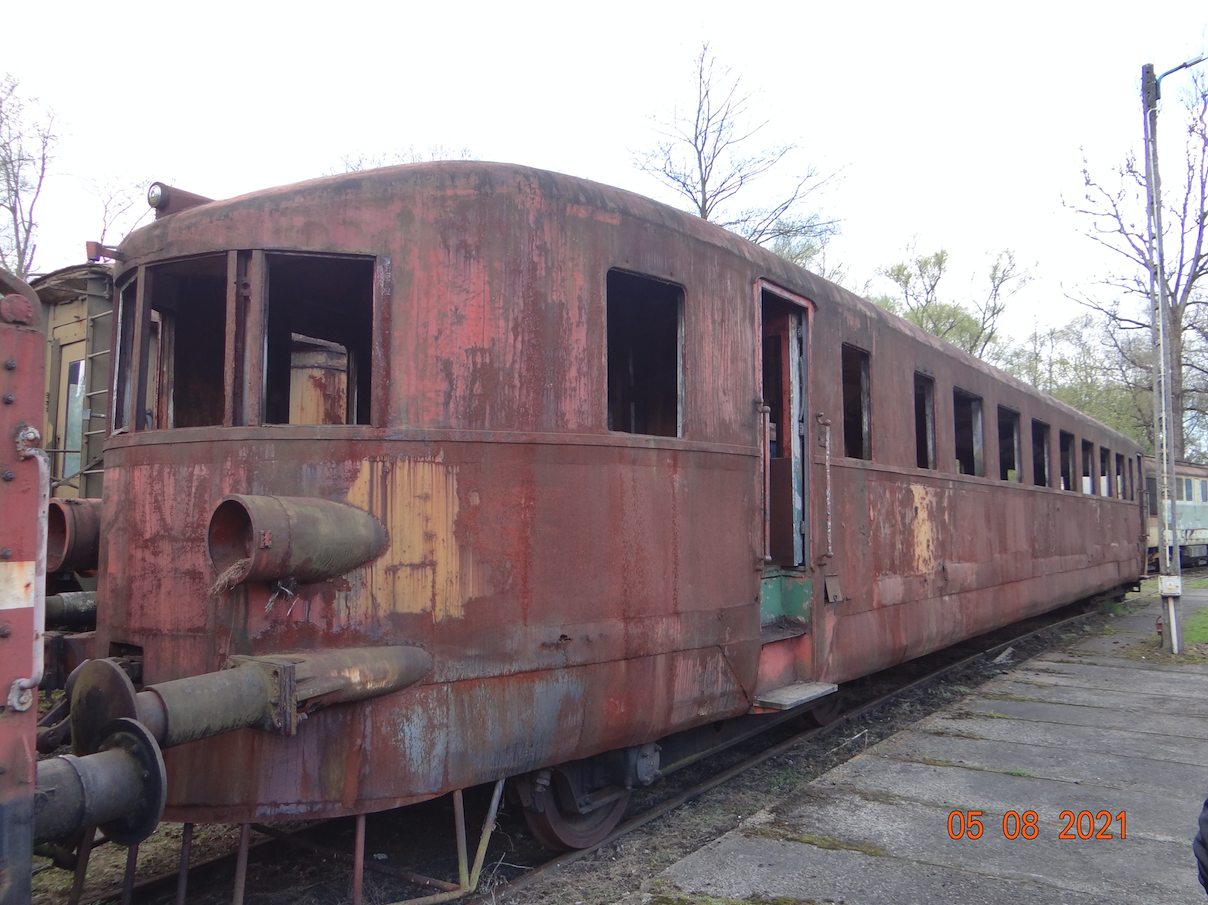
HCP railcar type SBx. 2021
Chabówka 2021-05-19 Motor wagons in the interwar period. Before World War II, railcars were called motor cars. Railway motor wagons have a long history, also in Poland. Shortly after Poland regained independence, the possibility of introducing motor wagons on specific lines was seriously considered. Mainly on routes with low passenger traffic, as well as on…
-
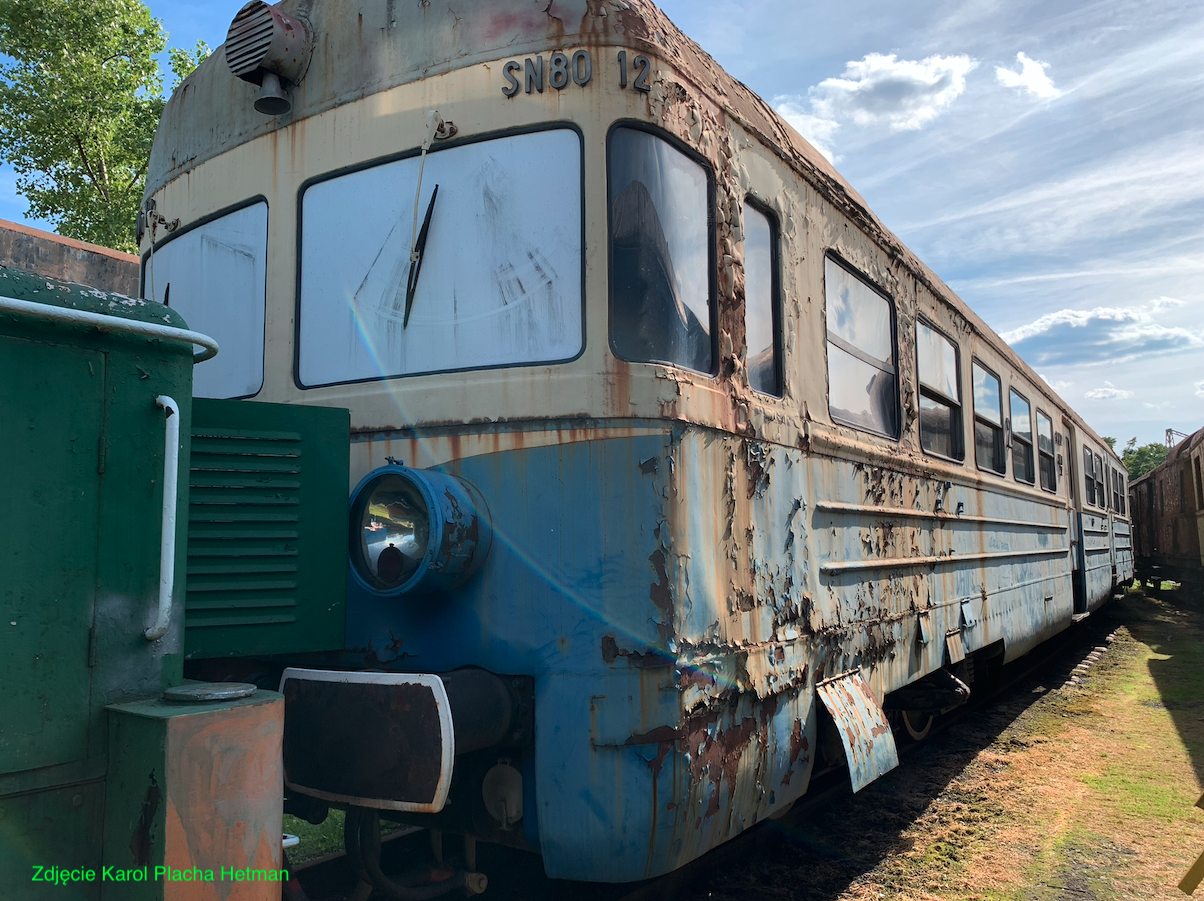
HCP motor car of the SN80 series. 2023
Jaworzyna Śląska 2023-01-07 HCP motor car of the SN80 series. The SN80 motor car was developed in Poznań at CBKPTK, and produced in the HCP factory and received the designation HCP5M (Hipolit Cegielski Poznań construction 5 M-motor). The designation SN80 was given to PKP. In the mid-1950s, it was decided that motor carriages would be…